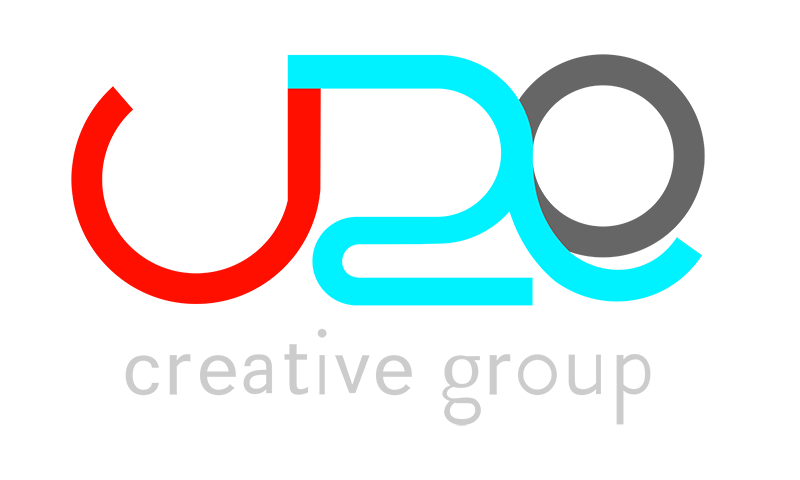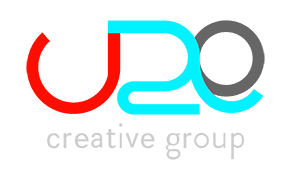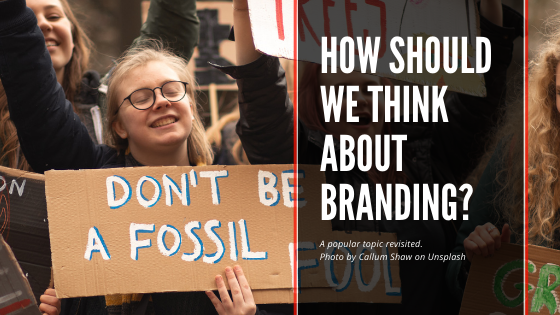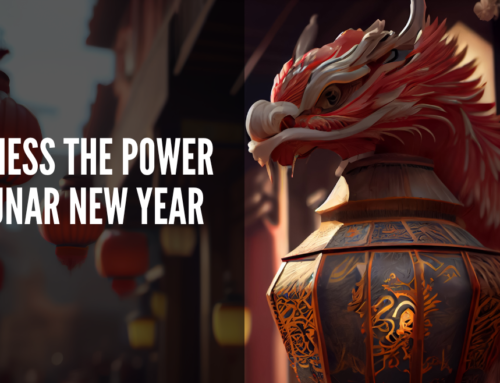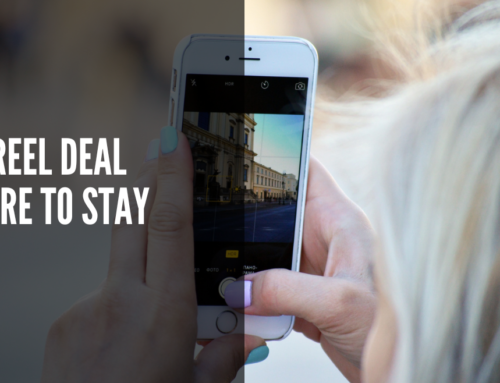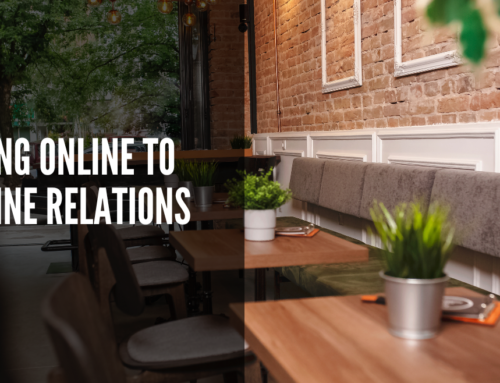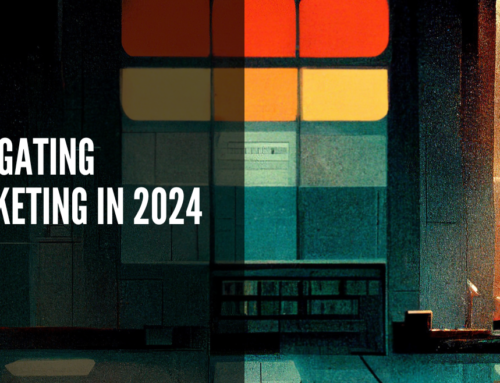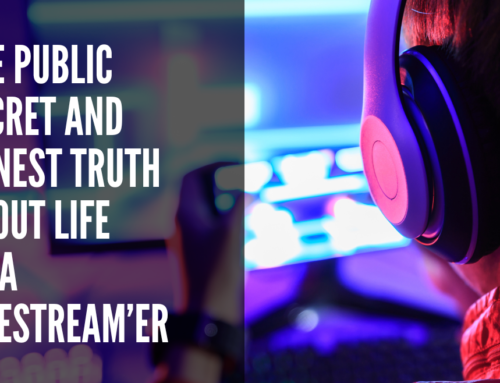How Should We Think About Branding? A Popular Topic, Revisited.
Photo by Callum Shaw on Unsplash
We need to start from “Branding”.
Branding has been a difficult topic to discuss due to the complexities it presents in terms of consumer psychology, business marketing and perpetuation of beliefs, vision and mission. In short, branding can be very hard to define, and the purpose can be hard to nail down.
For the purposes of this article, I will set the stage using these 3 basic questions: –
- What is Branding?
- What are the types of Branding today?
- Why is Branding so important?
We will then expand our discussion from there.
———
# 1 – What Is Branding?
The interesting thing about this question is there are multiple definitions that can be applied, and each can be accurate in their own right.
For instance, this is the explanation from entrepreneur.com.
An effective brand strategy gives you a major edge in increasingly competitive markets. But what exactly does “branding” mean? Simply put, your brand is your promise to your customer. It tells them what they can expect from your products and services, and it differentiates your offering from that of your competitors. Your brand is derived from who you are, who you want to be and who people perceive you to be.
This source sees branding as a promise made to other parties based on expectations and differentiation. It goes on to say that the expectations and differentiation stems from who we are at our core.
This is the explanation from blog.hubspot.com.
Branding is the process of researching, developing, and applying a distinctive feature or set of features to your organization so that consumers can begin to associate your brand with your products or services. Branding is an iterative process and requires getting in touch with the heart of your customers and your business.
Here we see that “Branding” is a process which repeats itself for the purposes of associating our businesses to the customers.
While the reference sample size here is small, we can see that there are different explanations for “Branding” and they point towards a couple of similarities.
- Utility – “Branding” is not a process which ends in itself. It is a process used to facilitate our other purposes, typically of commercial means.
- Market Oriented – It is a process designed to reach out to people.
With that above similarities, we can now segue into the next topic.
# 2 – What Are The Types of Branding Present Today?
Simply put, there are 3 types.
- Product – The brands we associate to a product / service we buy (e.g. “2 Piece Chicken Set”);
- Company – The brands we associate to a company we buy from (e.g. “Kentucky Fried Chicken”);
- Personality – The brands we associate to people who represent companies and products (e.g. “Colonel Sanders”).
As readers will quickly realise, they aren’t separate “Branding” types.
They are different strata of the same discipline, each layer propagating a different sense of purpose and meaning to others, where we get to relate and connect at different levels of emotions and understanding.
Let me explain using Kentucky Fried Chicken.
At the product level, we associate the fried chicken with “Finger lickin’ Good” where we lick our fingers clean of the taste even after finishing our meals.
At the company level, it is about painstakingly preparing fried chicken cooked to perfection with a secret recipe using 11 secret herbs and spices, and delivering them all around the World.
At the personal level, Colonel Sanders’s branding is a story of the Hero’s comeback at the age of 65 selling fried chicken.
At different strata, “Branding” takes down a slightly different twist when put together, delivers a strong “Brand” story.
Is there a wonder that strong “Brands” tell great stories?
# 3 – Why Is Branding So Important?
Branding is absolutely critical to a business because it drives customer perception through awareness. I say this from a marketing perspective.
The purpose of businesses engaging in marketing should be simple – The act of getting to the market, hence “market – ing”. It is a process of engaging people for a purpose. Businesses engage people for commercial purposes, Personal brands engage for a combination of commercial and / or social purposes.
Since this is a verb which denotes a process and a string of actions, it has to do with the ability of reaching out and grabbing attention from the market where bulk of the people are. Where in commercial setting, these refer to prospects and customers, in personal branding setting we speak the language of followers and connections.
This is where the fun begins as the skillset of top storytellers get tested to the extreme. Brand storytellers craft compelling stories on their websites for engagement, and they change jumping into their own shoes when it is time to engage and entertain followers on Tik Tok.
Different platforms, different storytelling techniques.
All these techniques prove one point.
Branding is important because attracting attention is so important.
—–
Now that we have set the stage for our discussion, I would like to do a light touch on Personal Branding before heading towards what we can do in order to extend our “Branding” outwards.
Many solopreneurs and small-scale businesses engage in Personal Branding because people relate to them more compared to their new start-up. Thus, they tend to weave their personal stories into the business they do, using it a way to get more people to relate to their products and services. This creates an Influencer effect which radiates their business awareness outwards just like the ripples created when a pebble is thrown into the river.
The key to understanding Personal Branding has to do with purpose and awareness.
Without purpose, attention showered on the individuals ends at the individual.
This is where Personal Branding gets misinterpreted and becomes “Personal Boasting”.
And where purpose and awareness are involved – One Man’s Opinion – having prospects and repeat customer knocking on our doors through our “Branding” exercise beats having 1,000 likes and 200 comments.
Commercial viability is key, anything else is a bonus.
——–
Now that we know “Branding” is important, what should we do to build a strong “Brand”?
I have a few recommendations, each of which is not costly in conventional terms and there are readily accessible tools widely available for downloads.
# 1 – Social Media Posts.
Most social media posts are designed to be succinct to facilitate consumption of multiple contents in a setting. Linkedin imposes a limit of 1,300 words per post while it is weird to find Instagram posts with a long string of texts.
While it is arguable that 1 post a day breeds sanity and sufficiency – It is important to take a view from 60,000 feet height. Would 1 post be sufficient if there are 100 competitors in your industry and all of them posts twice a day?
Think about the chance of your personal / company’s post being consumed.
In this regard, it is far more viable to carve out 2 hours within a week to work out a week’s load of the posts required and then use a scheduler to post them to the platforms of your choice at the pre-set time and date. Some posts can be recycled and the scheduler can be used for this function as well.
For this purpose, I recommend agorapulse where they can take care of the distribution while we focus on the creation of the content spreading brand awareness.
# 2 – Websites.
Having a website today is like owning a portal which allows for massive network leverage.
There is a limit in the Physical World in terms of the people we meet, and the meetings we pitch.
Having a website allows us to showcase our featured success stories, service and product offerings and value-upfront without us being present.
We should start treating our websites as a pre-selling platform where we active market ourselves, our products and services 24/7/365.
- How should we design our websites?
- How many landing pages should we have?
- Should we price our products and services up-front or allow interested parties to request for a quote?
If you do have such considerations, please reach out to us so we at J29Creative could work with you to deliver websites that functionally updates and commercially relevant.
# 3 – Live-streaming.
Live-streaming is effective in showcasing personalities, which leads to strong brands. While texts are wordy and can be emotionless depending on the content creator, Live-stream allows us to be real when we articulate ourselves.
Are there things we have to take note of when we perform live-streams?
Yes, of course!
For the purposes of this already lengthy article, I will keep it to the following points.
- Be real.
- Be casual.
- Be generous in sharing.
That way, we come across as natural on-air.
I have another tip.
To go Live-streaming doesn’t mean that we have to be the one applying for the license to stream and then planning for the program thinking about guests and time-zones.
There is an easier way – Ask to be invited as a guest.
That way, all things are planned for and all we have to do is to appear and contribute.
——
My Takeaway.
We cannot ignore the importance of “Branding” even though it is hard to define and there might not be immediate Returns-on-Investment, the way Sales is oriented.
That said – The ability to exact a presence in the crowded marketplace is a right thing to do because that is where we get the attention of prospects and customers.
Companies and start-ups for this decade will work mercilessly to establish their brands online as the pandemic year 2020 has proven one thing.
When policymakers decide to shut down the daily mechanics of the Physical World, our only gateway reaching out to the World is the internet.
Having people to know us today has never been this easy and this important.
All it takes is an understanding on the importance of “Branding” and knowing the readily accessible tools we have at our disposal.
Aldric is the Business Alliance Director for J29 Creative and is responsible to grow the company’s presence in Asia-Pacific and below. Reach out to him for his insights through email “achen@j29creative.com” or his Linkedin Profile.
